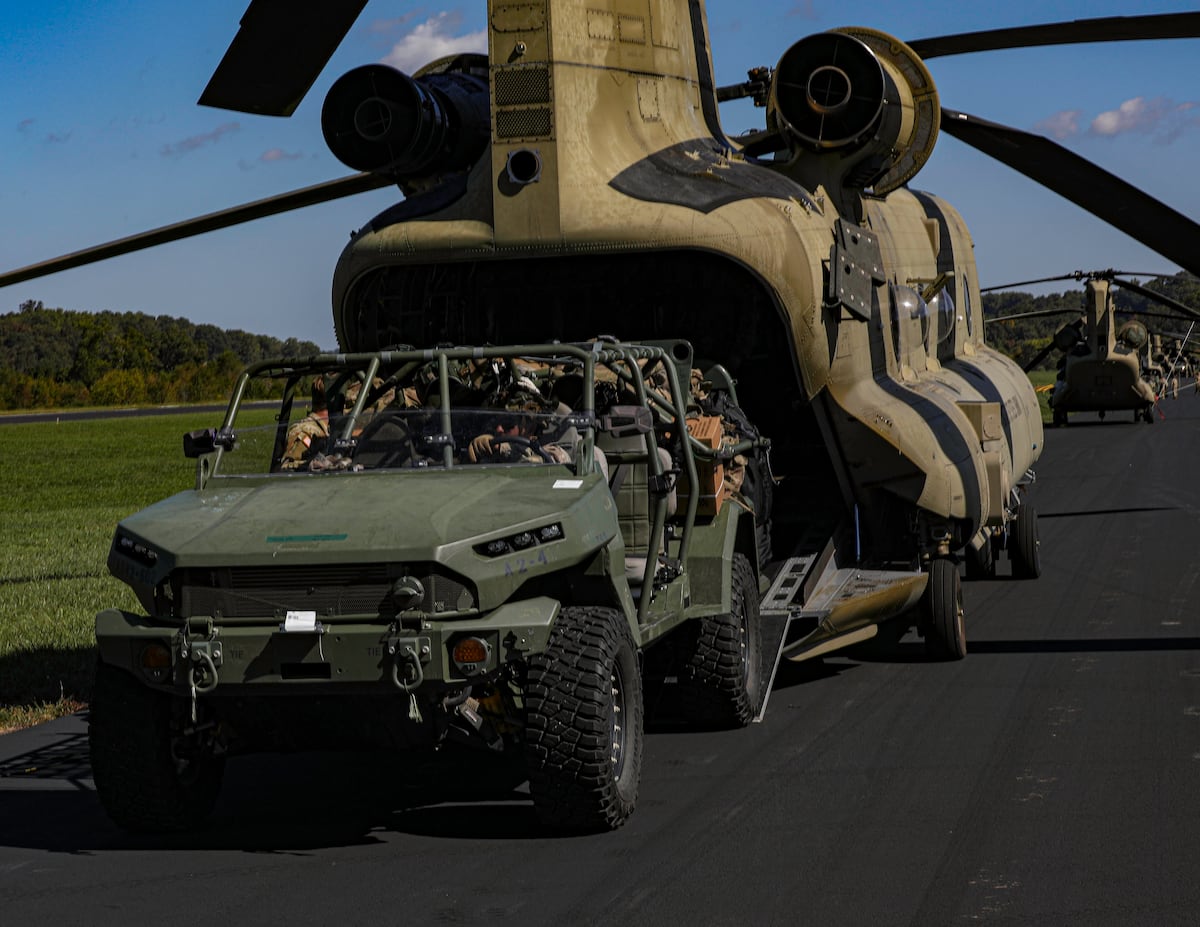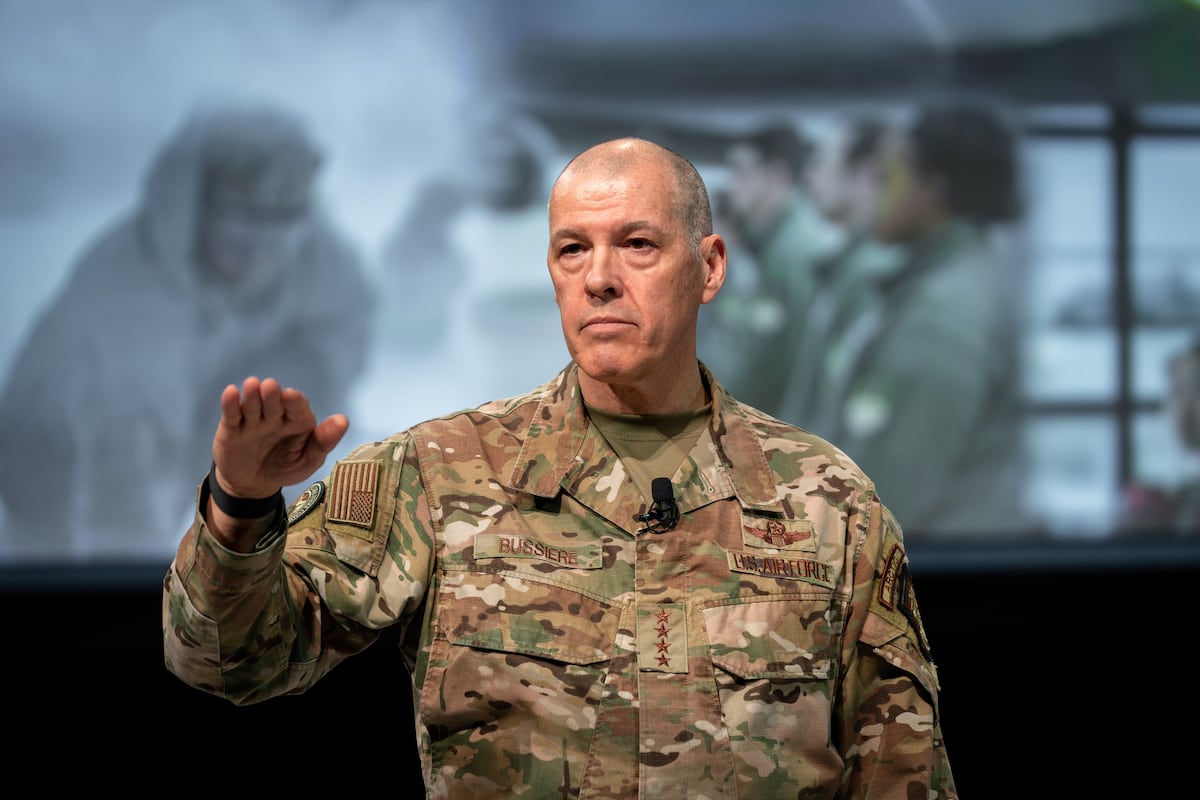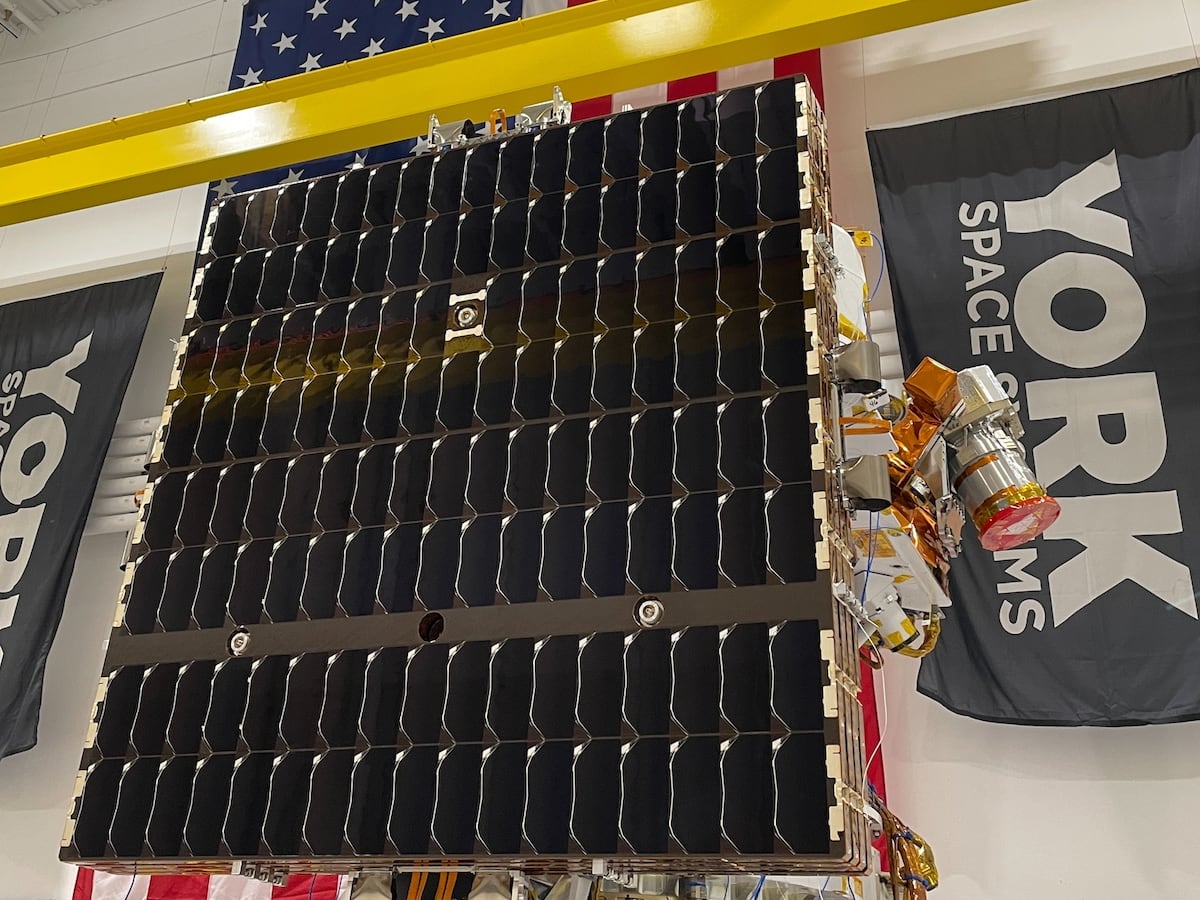If small drones are critical to the Army’s future fight, what happens when you run out of batteries?
That’s one of the questions the 10th Mountain Division’s 3rd Brigade Combat Team tackled during a recent rotation at the Joint Multinational Readiness Center in Germany.
“We learned a lot of lessons about battery power. For example, the exercise that we conducted was in the wintertime in Germany, so it was below freezing conditions and pretty adverse weather conditions. And what we found was battery life was significantly degraded in the cold and affected the flight time and the ability of us to employ some of our drones,” 3rd Brigade commander Col. Joshua Glonek told reporters Friday.
The Army gave the brigade more than 150 unmanned aerial systems, from sensor drones to one-way attack munitions. Form factors ranged from small quadcopters to medium-range reconnaissance drones that can weigh up to 50 pounds and fly 10 kilometers.
Seeking to get “a good sense of what drones were able to do,” Glonek said, the unit flew in heavy cloud cover, freezing rain, sleet, and snow. Propellers iced over. Some drones broke and needed repairs. Others crashed. And the freezing temperatures would cut flight times in half, Glonek told Defense One.
“There’s a need for more power generation out on the battlefield,” Glonek said. “All this new technology, for the most part, is powered by batteries—rechargeable batteries.”
The unit has recommended that the Army “explore additional power generation capabilities, specifically those that could be brought further forward, closer to the front lines,” Glonek said. “Because every time a drone comes out of the sky, the first thing we need to do is to detach the batteries and put them on a charger [to] get the drone back up.”
The Army has been looking for ways to extend battery life and reduce reliance on towed and fuel-thirsty generators in the field.
“We also tested, for the first time, a prototype of the [Infantry Squad Vehicle]-Heavy—a hybrid-[diesel] powered truck that contained enough onboard battery power to run our brigade command post for 24 hours without having to run external generators,” Glonek said.
The two ISV-Heavy prototypes tested were mainly used for command and control, Glonek said, which allowed the units to move quickly and undetected.
“It was part of our brigade tactical command post, and I used that to have a very rapidly mobile C2 node that I can move around the battlefield,” he said. “You drive silently…all of the power that you need for command-and-control systems is built into the vehicle, so it didn’t require external generators or other power sources. And we were able to move in a very, very small package into areas where we could stay hidden from the opposing force.”
The Army also ordered electric-powered versions of the ISV but is pivoting to focus on hybrids only as part of a larger shift away from clean energy initiatives.
Read the full article here








Leave a Reply